The best cities are river cities
Restoring the relationship between urban communities and their waterways is a hedge against climate change and flooding — and a step toward creating more livable cities.
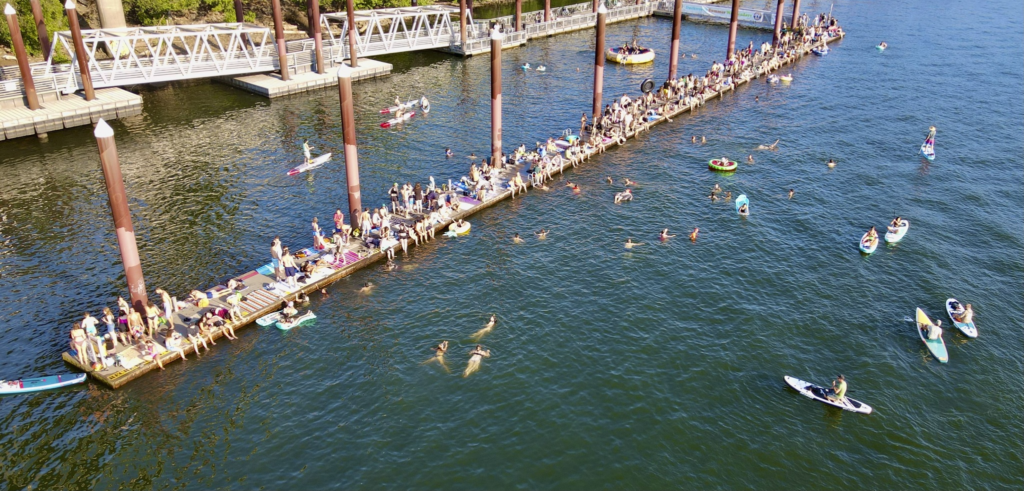
Beneath the concrete and asphalt, high rises and shops, playgrounds and schools, lies a hidden network of creeks, streams, and rivers. Some may flow underground through pipes, but they’re there. Now a growing number of cities are realizing just how important their forgotten waterways are — and how revitalizing them can lead to happier, healthier lives for all of us.
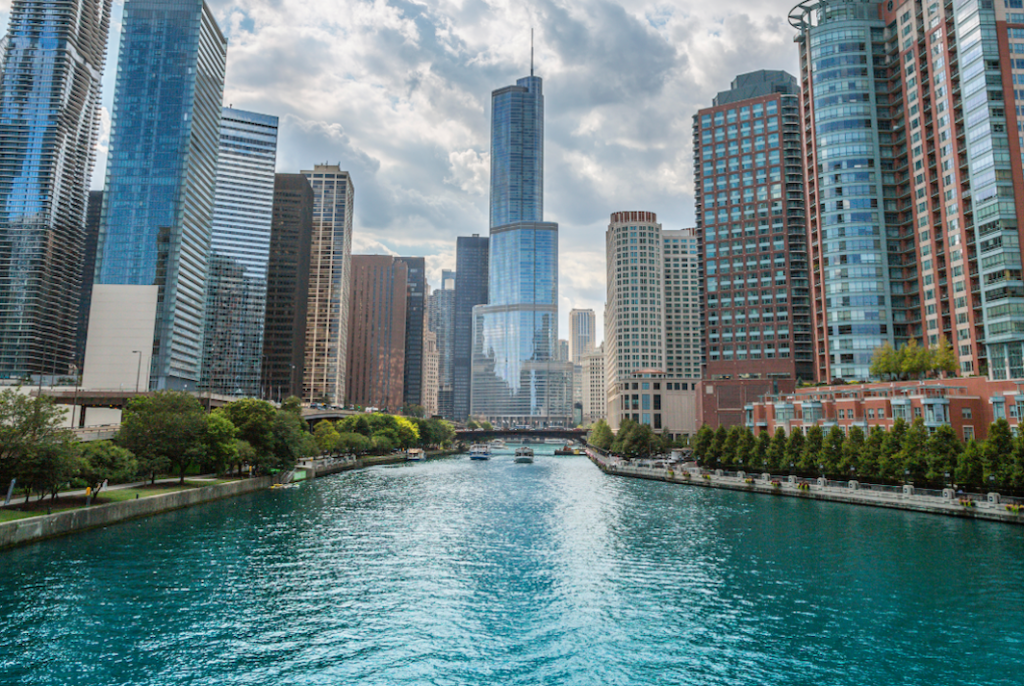
Let's Stay In Touch!
We're hard at work for rivers and clean water. Sign up to get the most important news affecting your water and rivers delivered right to your inbox.
Here’s why urban rivers matter
Consider this: More than 80 percent of people in our country live in cities, and most of us live within a mile of a river. Yet many urban rivers and streams are unhealthy and polluted. They’ve been paved over and used as dumping grounds. This means a large portion of our population lacks access to clean, natural places crucial for health and wellness. Plus, polluted rivers don’t just impact their immediate surroundings — they impact entire ecosystems and communities downstream. In any interconnected system, damage to one part ripples throughout the rest.
Further complicating matters, most of our cities were built for weather patterns and populations of the past. Our infrastructure cannot handle the escalating flooding, sewage spills, and water pollution of today — let alone into the future, as climate change increases the frequency and severity of storms in many areas. These issues deeply impact Communities of Color, who have been excluded from decision-making processes and denied access to resources. Access to clean, reliable water and nature shouldn’t be a privilege — it’s a basic need for everyone.
To meet these challenges, we need to connect people to their rivers, rebuild our water infrastructure, making our communities more resilient and equitable. And we need to transform our cities into healthy, integrated parts of whole river systems.
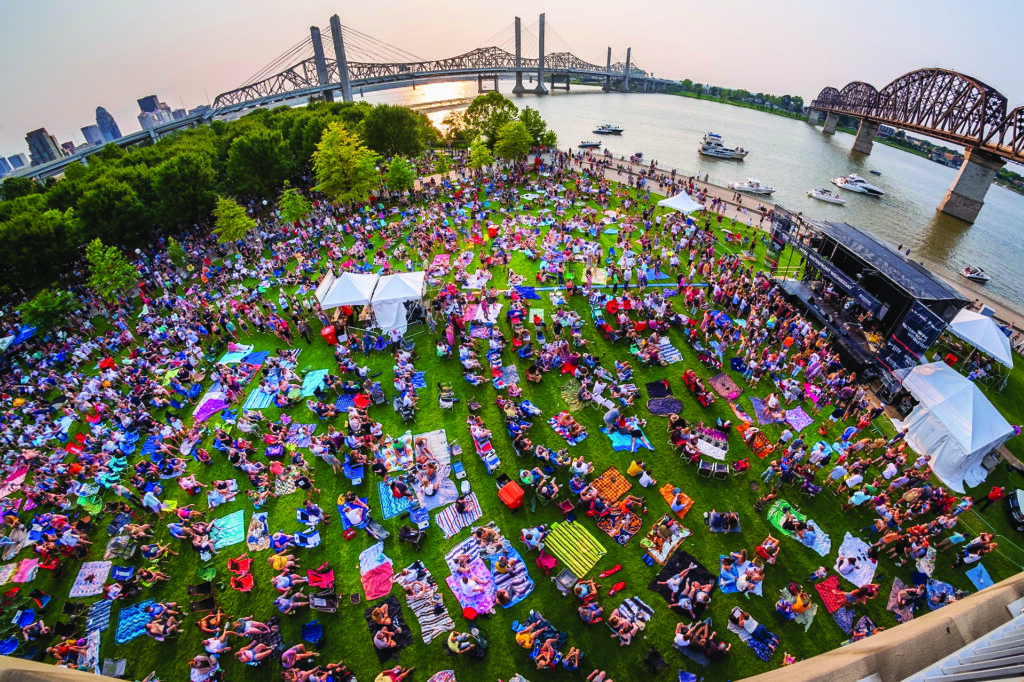
So, what makes a River City?
A River City has thriving communities connected to its rivers, creeks, and streams. Clean water supports healthy people and healthy urban wildlife, flowing freely through a visible, above-ground river network with floodplains that allow water to spread out safely without risk to property or lives. The stream network is safe and accessible. Communities steward their resource and are engaged and leaders in issues related to water access and governance.
Over the past 25 years, we’ve worked with community leaders, water utilities, and city and community leaders in places like Milwaukee, Toledo, Tucson, Atlanta, and Grand Rapids — and we’ve learned invaluable lessons along the way.
Here are five criteria River Cities strive for:
- Clean: Healthy, clean waters flow through communities without trash or sewage, benefiting people and wildlife that rely on riverside habitats.
- Free: Creeks and streams flow freely without obstruction from dams, pipes, and fences.
- Safe: Communities have reduced flood risk and people feel safe visiting their local rivers.
- Fun: People have thriving natural places to enjoy in ways that are relevant to them, their friends, and family.
- For everyone: All communities have access to the benefits of healthy rivers and clean water, especially Communities of Color that do not have equitable access to nature and rivers. It also means that everyone is part of the decision-making about water and rivers in their cities.
From hidden to thriving — our work in Grand Rapids
Let’s explore what happens in a River City, using our work in Grand Rapids, Michigan, as an example.
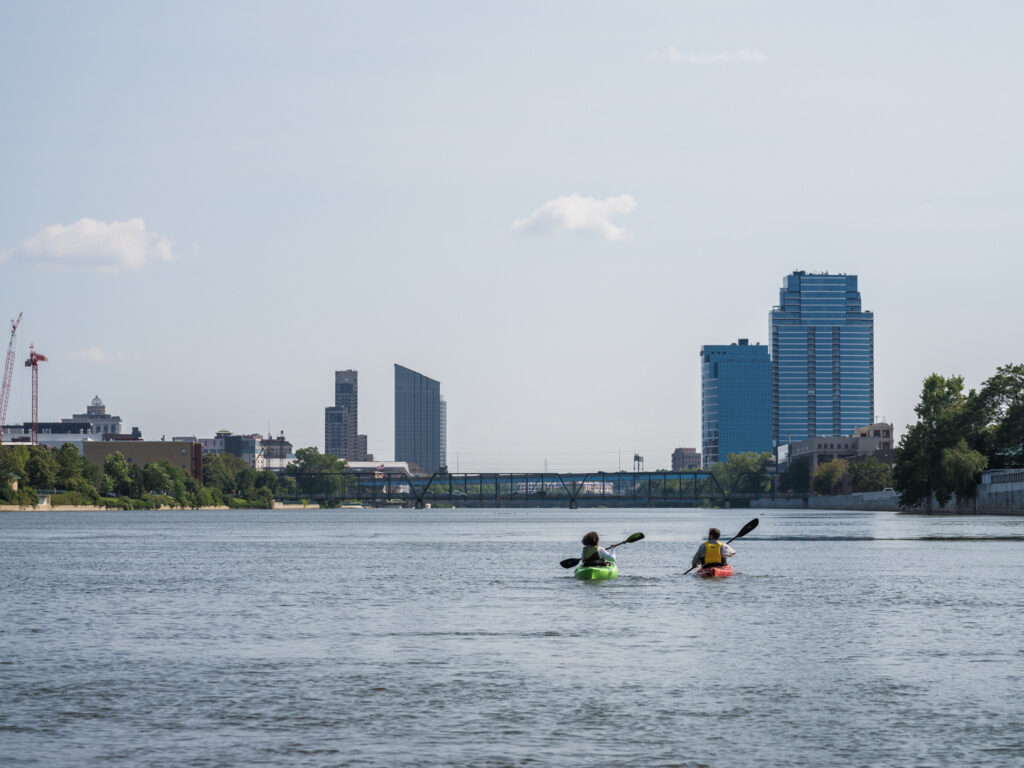
STAGE 1: Discovery
To connect to a place, people must first discover the place. In Grand Rapids, after a series of intense storms, the city’s stormwater-management department went door to door in the Plaster Creek neighborhood, which lies near the most polluted creek in the Grand River watershed, to educate residents about issues with erosion and outdated infrastructure. The community was relieved to learn that there were solutions to the problem and was ready to work with the city to address the issues.
STAGE 2 Imagination
Once people are aware of their waterways, it’s time to envision. American Rivers’ local partners in Grand Rapids provided watershed education — and communities set priorities for greening their neighborhoods to improve the health of their creek.
STAGE 3: Momentum
This is where tangible progress begins. In Grand Rapids, a group of local nonprofits worked alongside community leaders to plan, design, and implement a set of “rainscaping” projects, such as rain gardens, bioswales, and native plants and trees, to mitigate flooding and improve the health of their urban creek. American Rivers, working with the city and local partners, created an innovative, market-based approach to incentivize private-property owners to install green infrastructure on their properties.
STAGE 4: Thriving
The final stage ensures long-term success can take root and flourish through community leadership. American Rivers is leading a group of local community leaders and nonprofits – including the West Michigan Environmental Action Council, Lower Grand River Organization of Watersheds, and Plaster Creek Stewards – to advocate for community needs, develop shared priorities, and work with city to fund and implement priority projects.
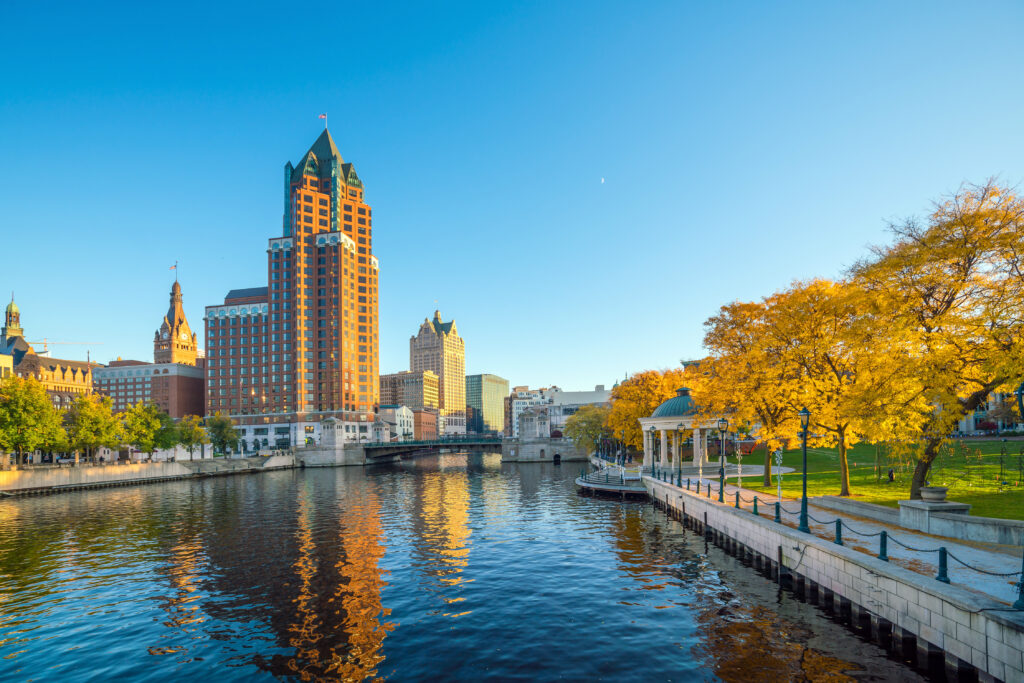
A river city renaissance
Whether by addressing pollution and flooding, improving access to nearby rivers and streams, or building resilience to climate change, American Rivers and our partners in cities around the country are helping urban communities rediscover and reimagine their relationship with their rivers and water. The next time you walk through your city, consider the hidden streams and rivers that may be beneath your feet. Through dedicated effort and community leadership, transformation of hidden creeks and streams into neighborhood assets that promote health and wellness is not only possible but inevitable.
Are you ready to be part of the River City transformation?
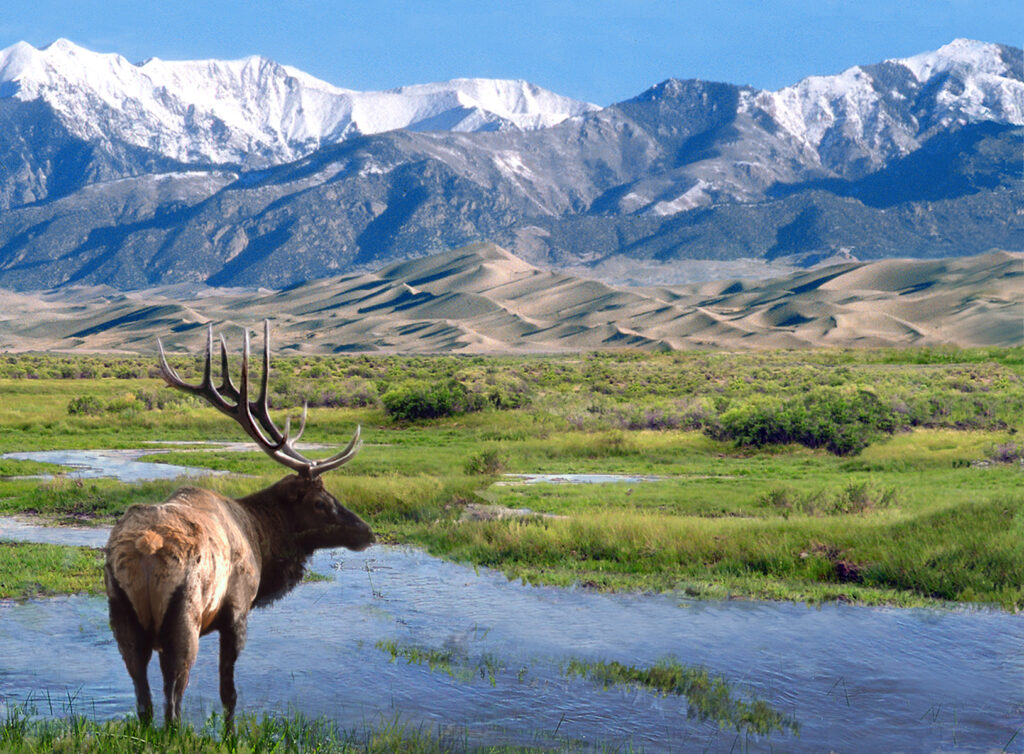
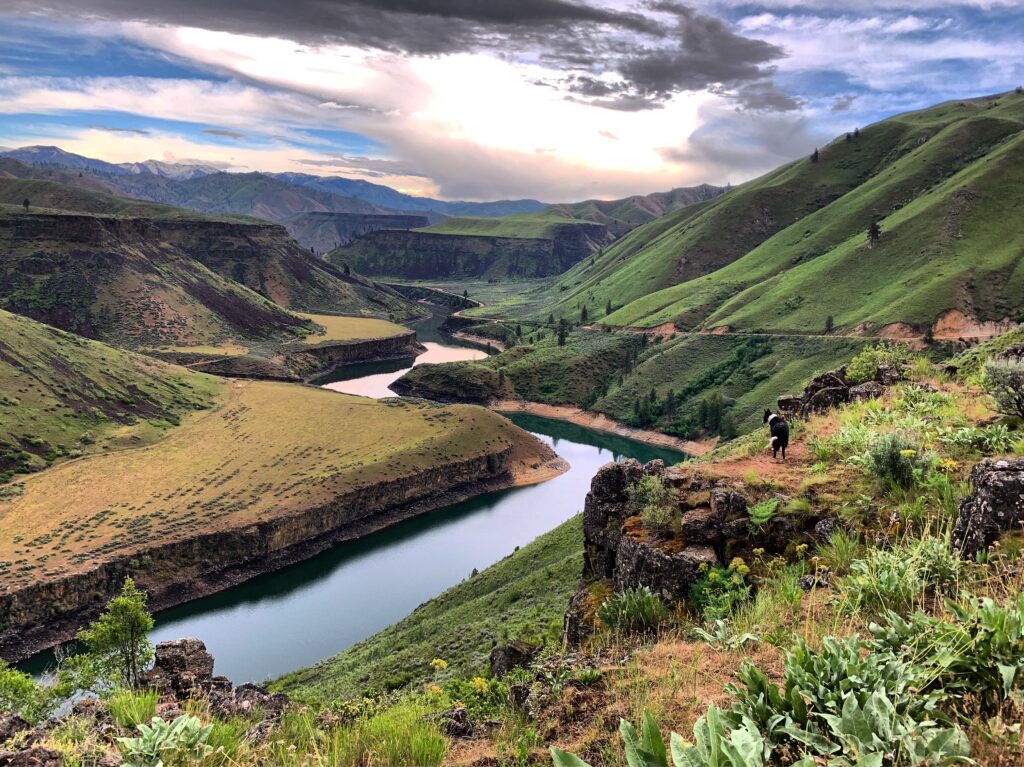
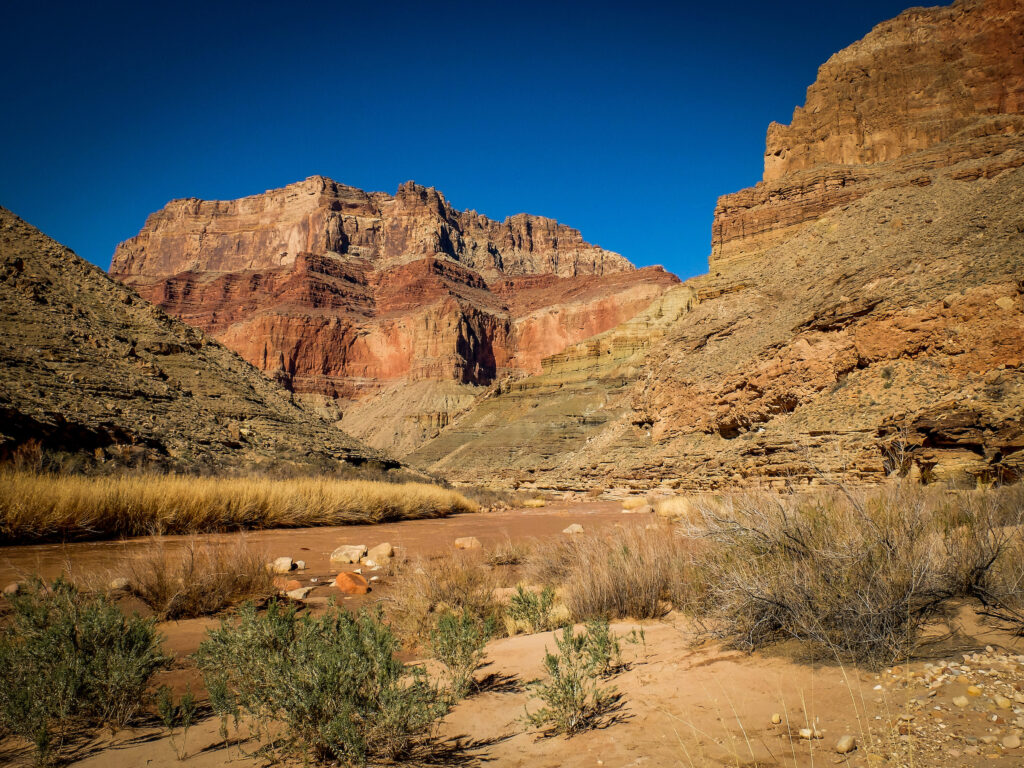
1 response to “The best cities are river cities”
Working in Philadelphia to connect people to the river and tributaries, improve access and reduce CSOs.